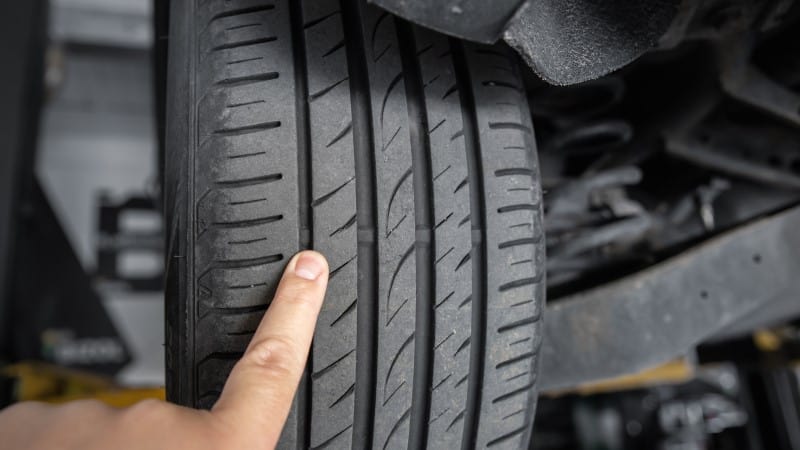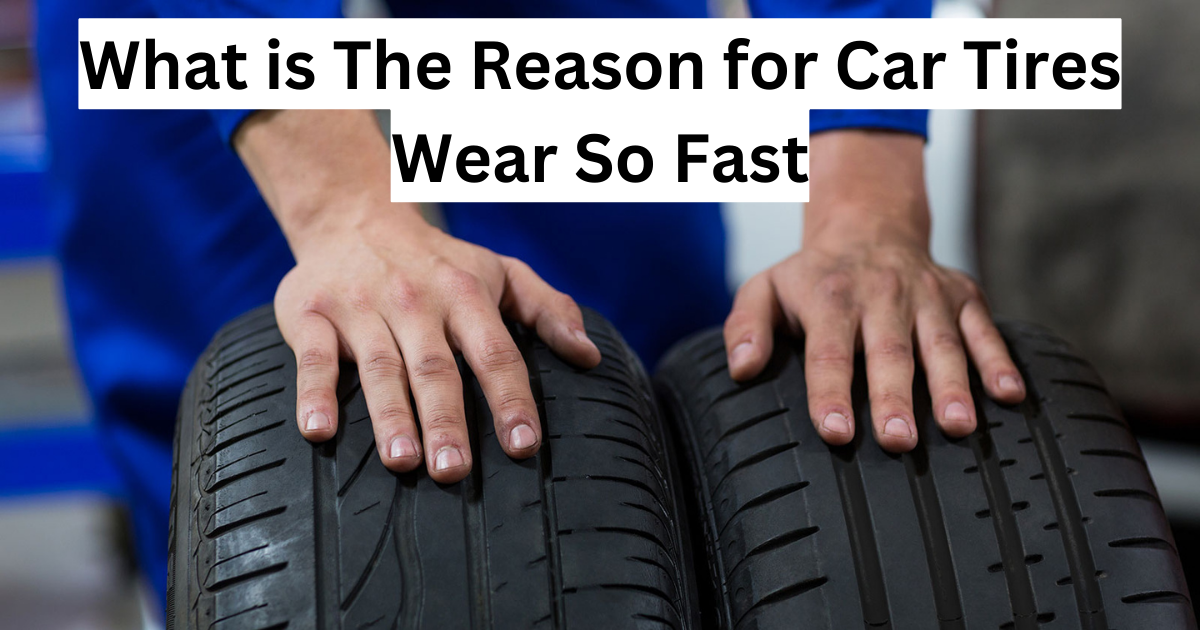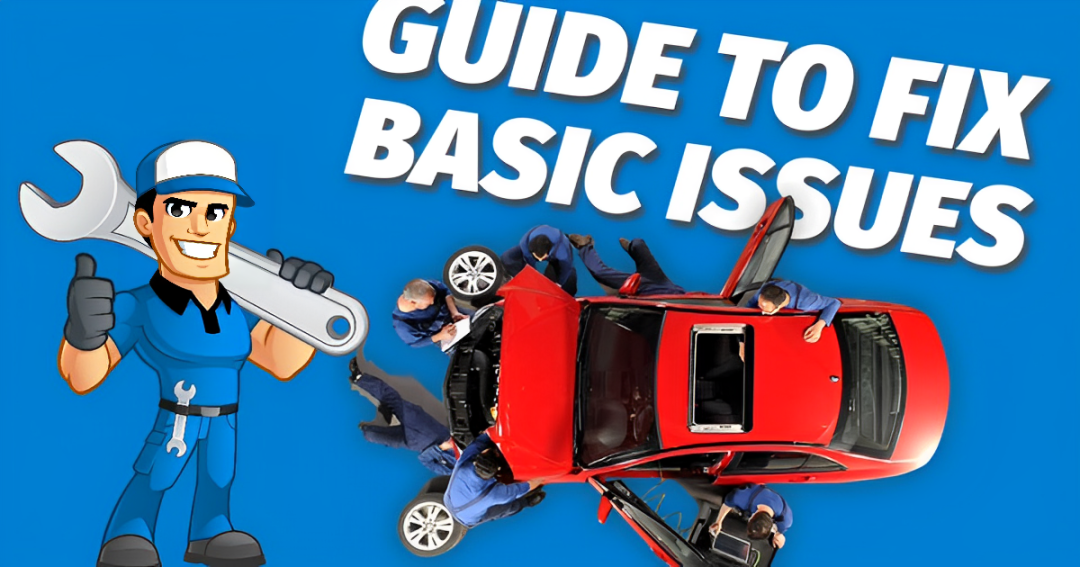If you drive or own a car, you know that most parts don’t last the lifetime of the vehicle. In order to keep the vehicle functioning properly, it is necessary to repair key parts at specific intervals. Naturally, we will be discussing automobile tires, as indicated by the title.
New car tires wear out so quickly, though, and most people don’t understand why. Since automakers are the experts when it comes to their vehicles, we believe that OEM components should endure longer than aftermarket ones. In this instance, new automobile tires strongly disagree.

Why do new car tires wear out so fast?
The main cause of new car tires going flat so quickly is the rubber compound that is utilized in their production. When making tires for vehicles, manufacturers utilize a softer rubber compound. Although the tires don’t last as long, the improved vehicle performance is worth it due to the softer rubber type.
Conversely, the durability of tires is a primary concern for tire producers. But there are other factors that cause automobile tires to go flat at an accelerated rate, so you shouldn’t be surprised if you’re asking why yours wear out so quickly. Let’s have a look at these settings.
Most automakers outsource the production of their original equipment tires to reputable tire companies with solid gold reputations. In order to improve performance, they make these tires using lightweight rubber ingredients. Your new car’s tires, for example, are crafted from the same market-available tires, which use softer material.
Other things that could have contributed to my tires wearing out so quickly are listed below.
Misalignment
Wheel misalignment is a common cause of rapid tire wear. Having even a little misalignment in either of the wheels will cause the car to drag. This drag will cause the tires to wear down faster, even though it might not be noticeable if the wheels are slightly misaligned.
This isn’t something you often see with brand-new car tires, but it may happen. Aligning your wheels is a cheap maintenance item that will end up saving you a lot of money. Therefore, you must take your vehicle to the dealership where you purchased it to have the wheels checked and adjusted.
You didn’t get a lemon just because one of your new car’s wheels isn’t perfectly straight. Not everything is as it seems. All that’s needed to get things in order is to check and align the wheels.
Before releasing an automobile to the public, automotive companies run it through a series of tests to make sure it runs well. But they don’t do things like drive over portholes or put 15,000 miles on the car. However, you should not hold the maker responsible.
If you are curious about the rapid wear on my back tires, we can examine the following possible causes.
Tire rotation
All vehicles and tires need to have their tires rotated regularly. Original Equipment Manufacturer (OEM) tires on a brand-new vehicle or the seventh set on a vehicle with a lot of miles on it make no difference. To keep the treads from wearing down unevenly, tire rotation is a must.
It’s commonly believed that, barring a broken suspension part, the tread life of a vehicle’s tires will be uniform. However, that is incorrect. In front-wheel-drive vehicles, for example, the front wheels are primarily responsible for steering and acceleration, whereas the back tires only provide traction. This causes the front tires to degrade at a quicker rate than the back ones. The question therefore becomes, why do front tires wear out first? This has given you the solution.
Consequently, the greatest strategy to reduce tire wear is to rotate the tires regularly. At the same time, let the experts figure out how to rotate the tires. It can involve switching out the front tires for the back or vice versa. In most cases, you should rotate your tires every 5,000 to 6,000 miles. You can rotate your tires every time you go for an oil change because that’s when you should do it.
Tire pressure
How quickly and unevenly the tread wears depends on whether the tire is under- or overinflated. Therefore, it is critical to maintain the tires at the specified PSI. The necessary PSI can be found on a sticker on the driver’s door or in the owner’s handbook. Maintaining the proper PSI for your tires may require inflating or deflating them at present.
It is my understanding that all new vehicles are equipped with a TPMS system, which alerts the driver through an indicator light on the dashboard in the event that the tire pressure reading falls too low or too high. Nevertheless, you must not depend solely on this instrument.
Various manufacturers have made this instrument function with different settings. For instance, when the air pressure drops below or rises above the appropriate PSI by 20%, the TPMS light on the dashboard may be programmed to illuminate by the car manufacturer. If the TPMS warning light isn’t on the dashboard, it’s possible that you’re driving with under- or over-inflated tires.
As a result, you still need to check that your tires are inflated to the recommended pressure using the tire pressure monitoring system.
Driving habit

I’ll try to explain this more clearly, but feel free to disagree. If you’ve been behind the wheel of the same vehicle for a while, you’ve likely developed some habits that work for you. But, in order to fully appreciate all the capabilities of your new vehicle, you could find that your driving style changes slightly after purchasing a new vehicle.
Regardless of the condition of the vehicle, when people receive a new vehicle, they often drive more aggressively. So far, so good. Among many other things, you should enjoy your new bike, check out all the amenities, and give sliding a go. The tires, being the sole component in direct touch with the road, will naturally show signs of wear and tear from such forceful driving.
Conclusion
If you’ve stuck with the article up to this point, you probably don’t need me to tell you how great new automobile tires are or why they wear out so quickly. We have discussed the main causes of the rapid wear of new automobile tires as well as other possible explanations. A simplified method to reduce the wear rate has also been detailed. To get the most out of your brand-new car tires, be sure to adhere strictly to the aforementioned advise.





